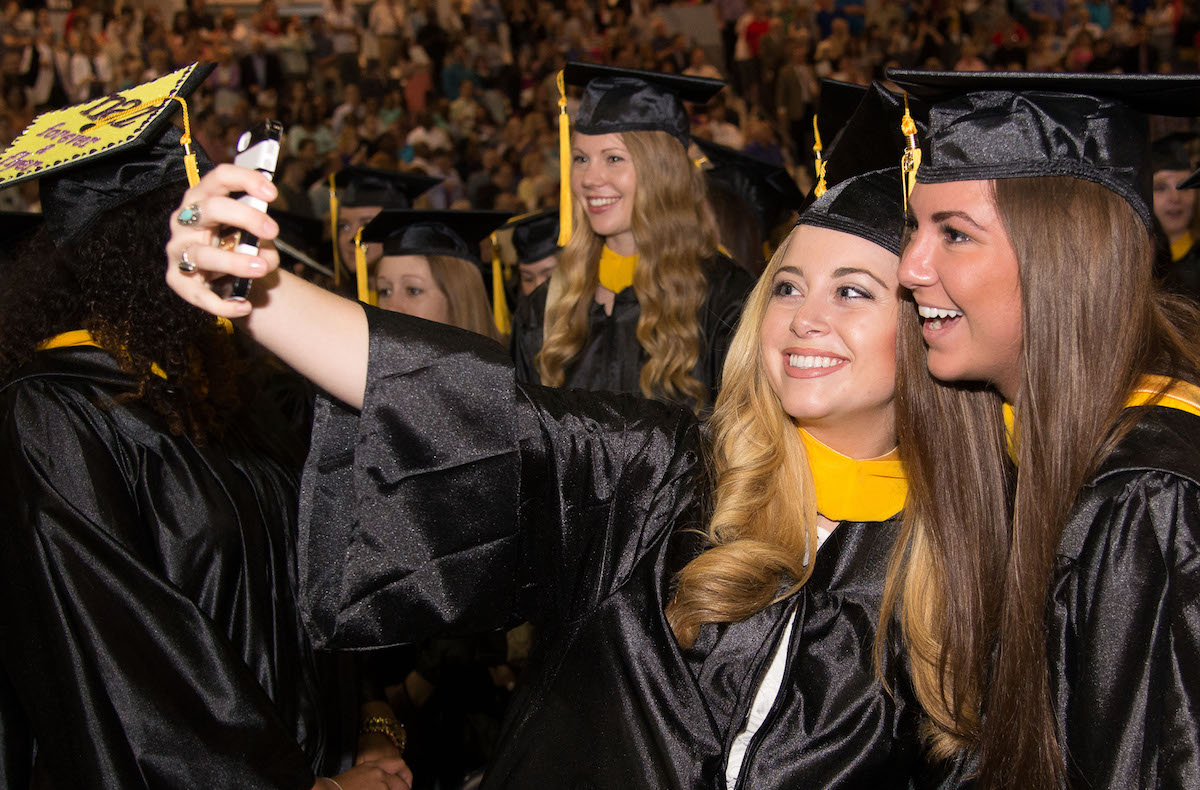We hope you will take the opportunity to announce the NSF Graduate Research Fellowship Program (GRFP). Interested students should begin at the applicant information page http://www.nsfgrfp.org . The GRFP supports outstanding graduate students in NSF-supported science, technology, engineering, and mathematics disciplines who are pursuing research-based master’s and doctoral degrees at accredited United States institutions. The program provides up to three years of graduate education support, including an annual $34,000 stipend. Applications for Mathematical Sciences topics are due October 22, 2020.
US citizens and permanent residents who are planning to enter graduate school in fall 2021 are eligible (as are those in the first two years of such a graduate program, or who are returning to graduate school after being out for two or more years). The program solicitation NSF 20-587 (http://www.nsf.gov/funding/pgm_summ.jsp?pims_id=6201 ) contains full details.
The GRFP awards more than 1,500 new fellowships each year. In the years 2013 through 2020, GRFP awards in the mathematical sciences have been given to more than 660 students who earned baccalaureate degrees from approximately 200 colleges and universities throughout the US. The number of baccalaureate institutions has been growing through the years.
The GRFP also needs qualified faculty reviewers. Review panels are conducted by videoconference. Please see the reviewer information page (https://www.nsfgrfp.org/reviewers ) and consider volunteering to serve as a panelist by registering at https://nsfgrfp.org/reviewer_system .
Juan C. Meza
Division Director
Division of Mathematical Sciences
National Science Foundation




